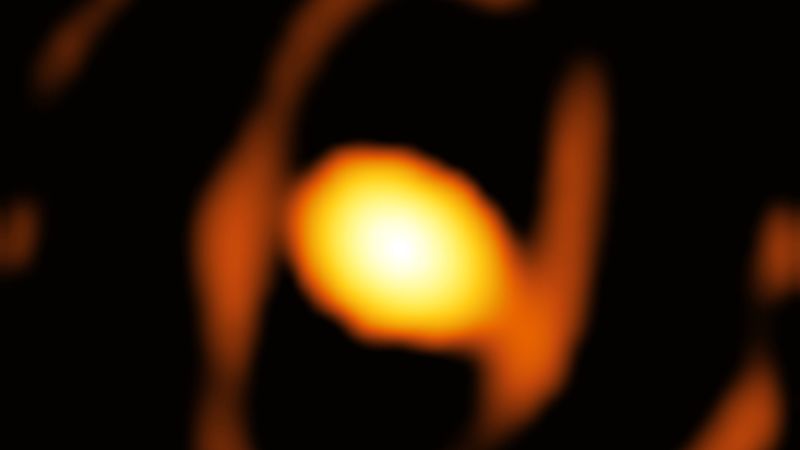
Gyroscopic Systems
In the context of aerospace engineering, gyroscopic systems refer to devices or systems that use the principles of angular momentum conservation to maintain or measure orientation in space. These systems are integral to the navigation and control of aircraft and spacecraft. A gyroscope consists of a spinning wheel or disc in which the axis of rotation is free to assume any orientation. When rotating, the orientation of this axis is unaffected by tilting or rotation of the mounting, according to the conservation of angular momentum. Gyroscopic systems are used in inertial navigation systems (INS) of aircraft, spacecraft, and missiles. They provide stability, guidance, and navigation information, making them critical for accurate movement and direction control. The systems can be mechanical, optical, or MEMS-based, each with their own advantages and disadvantages. Mechanical gyroscopes are traditional but suffer from wear and tear. Optical gyroscopes, such as ring laser gyroscopes, offer high precision but are expensive. MEMS-based gyroscopes are compact and cost-effective but less accurate.
Your Previous Searches
Random Picks
- Low-outgassing Materials: Low-outgassing materials are materials that release minimal amounts of gas or vapor when exposed to vacuum or high temperatures. In space and astronautical engineering, low-outgassing materials are crucial for the success of missions as the ... Read More >>
- Error Detection And Correction Mechanisms: Error detection and correction mechanisms are techniques used in space and astronautical engineering to ensure the accuracy and reliability of data transmission. These mechanisms involve adding extra bits to the transmitted data to detect a ... Read More >>
- Butterfly Valves: Butterfly valves are quarter-turn valves that are used to regulate or isolate the flow of fluids in a pipeline. They consist of a circular disc with a pivot axis at the center, which is mounted on a shaft. The disc can be rotated to allow o ... Read More >>
Top News

First close-up image of a star beyond our galaxy may reveal impending supernova...
Astronomers have taken the first close-up image of a star beyond our galaxy, and it’s a “monster star” surrounded by a cocoon as it slowly dies....
News Source: CNN on 2024-11-21

Bestselling author explains the science of happiness: "You can do the work"...
Bestselling author and Harvard professor Arthur Brooks opens up about how enjoyment, satisfaction and meaning in life can increase a person's wellbeing....
News Source: CBS News on 2024-11-18

November's full moon, known as the Beaver Moon, is the last supermoon of 2024. H...
November's full moon, known as the Beaver Moon, is the last supermoon of 2024. Here's when it peaks and why it's called the Beaver Moon....
News Source: CBS News on 2024-11-15

You can't put a price on the sense of awe particle physics inspires...
Astronomy and particle physics are no longer seen as vital by the US establishment, so funding has fallen. But our work creates a sense of wonder, and wonder matters, says Chanda Prescod-Weinstein...
News Source: New Scientist on 2024-11-13

If you want to stretch your gift game into days this holiday, check out these ad...
The advent calendar phenomenon is growing every year, with so many exciting, fun, beautiful, and delicious options available...
News Source: ABC News on 2024-11-04